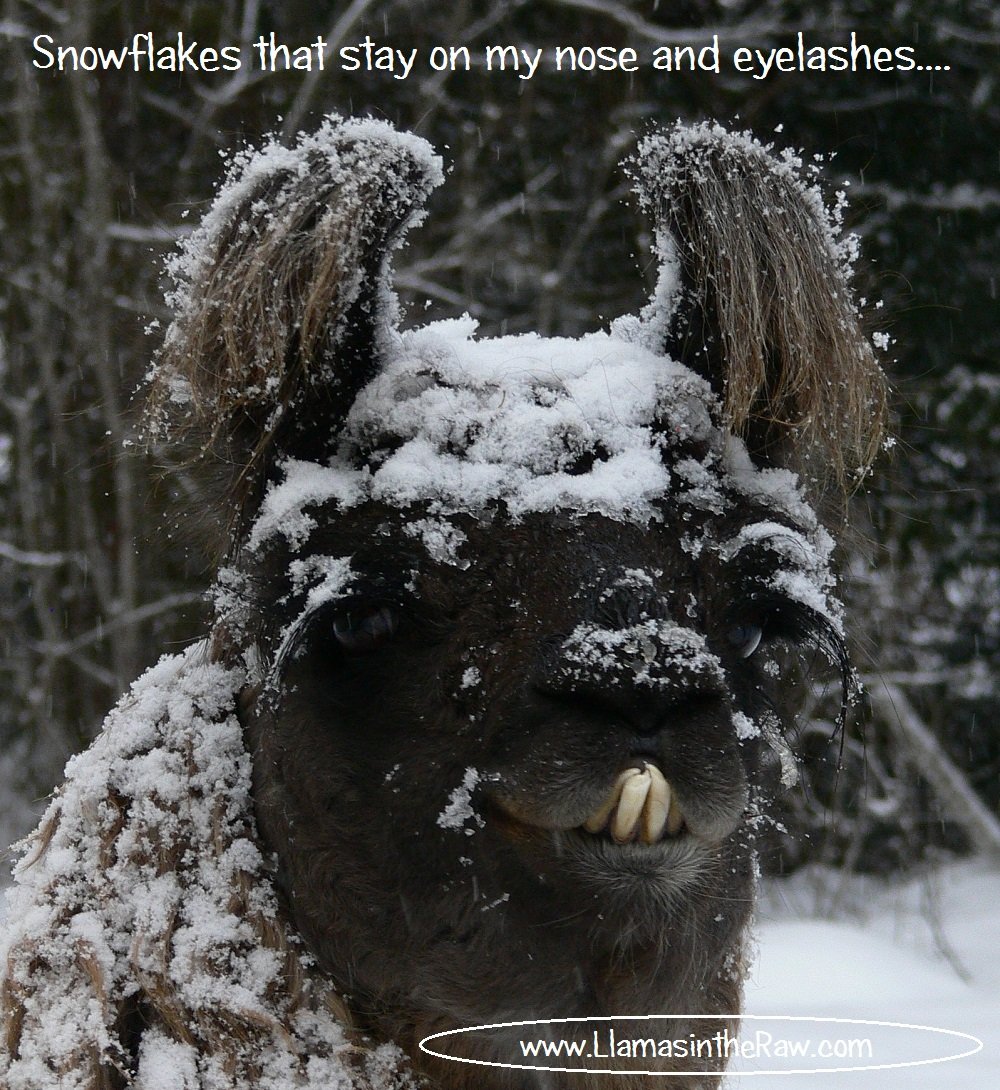Drive through the suburbs of any city and you will encounter many small homesteads engulfed by the...

Llama Body Articles
Another Successful Llama Rescue
Tanya is a tall Classic Llama, and looking at her teeth and toenails, she is about 8 years old. We...
The Miracle of Birth
You don't need to be a mother to be in awe of the miracle of birth; a process so complex that it...
The First Hour of Life
There is little else on this planet so awe inspiring as the process of birth, whether of humans of...
It’s An Alpaca!
...of Llamas and Alpacas Some of the common questions we are asked at The Llama Sanctuary...
Fluffy Llama Ears
Fluffy llama ears might look really cute, but they do serve a purpose. Classic llamas tend not to...
Toenails Need Trimming
One of the first things that needs attention when a newly rescued llama arrives in the Sanctuary,...
Snowflakes That Stay on my Nose & Eyelashes
Snowflakes that stay on my nose and eyelashes ...these are a few of my favourite things. One of...
Keeping Warm
Llamas have extremely thick woolly coats. In fact, when shearing, you realize just how thin they...









